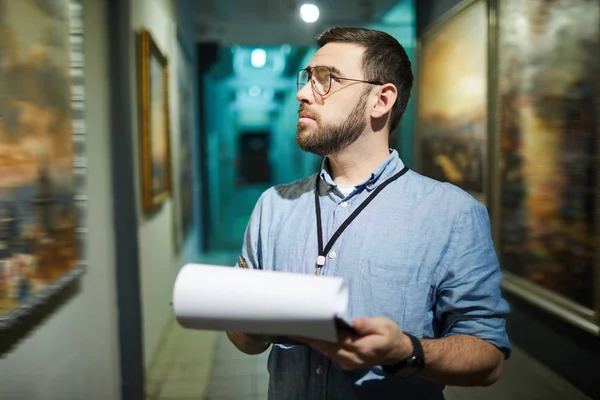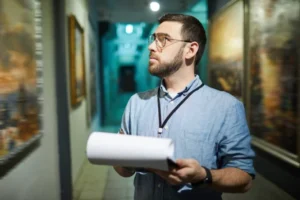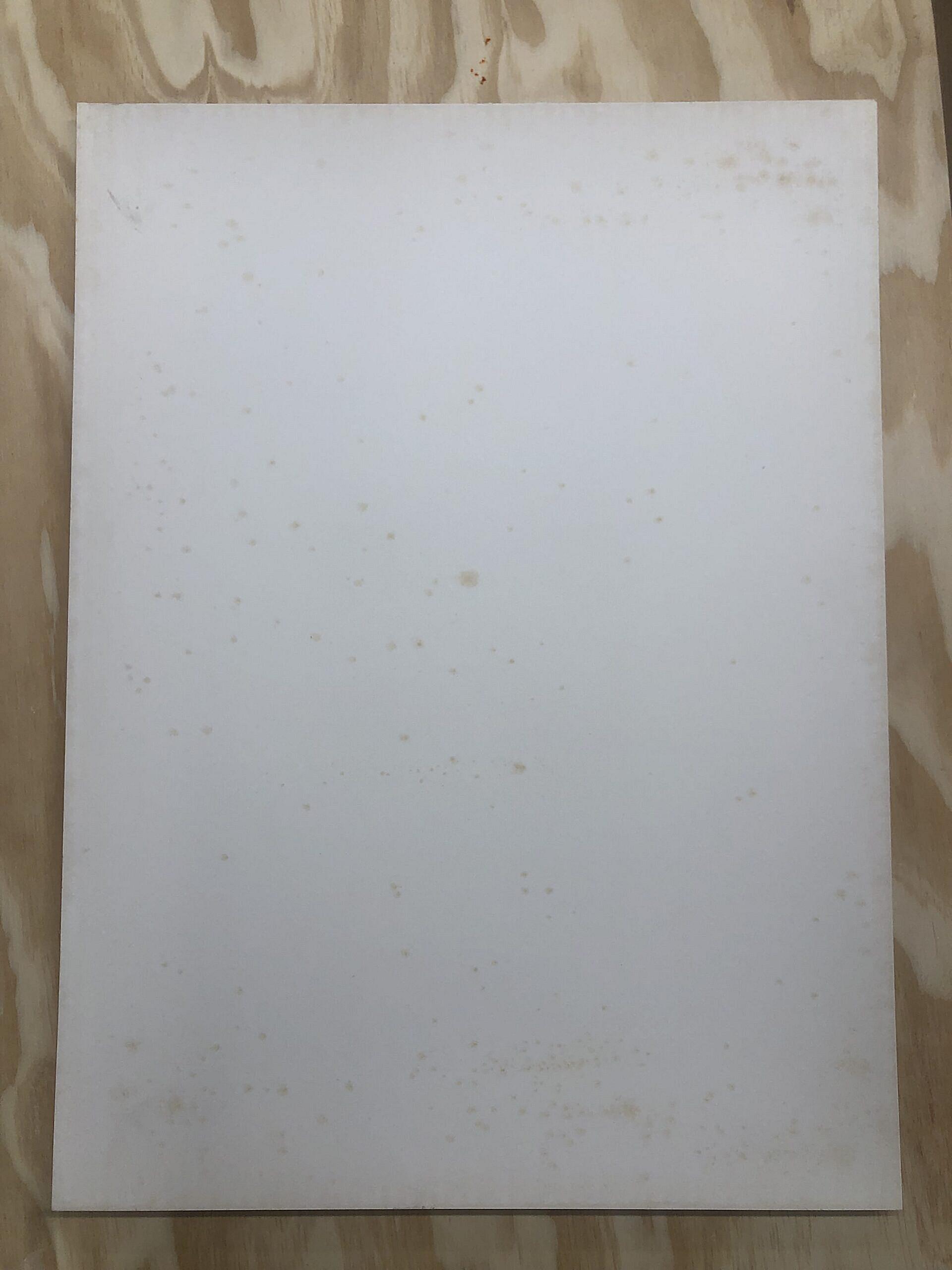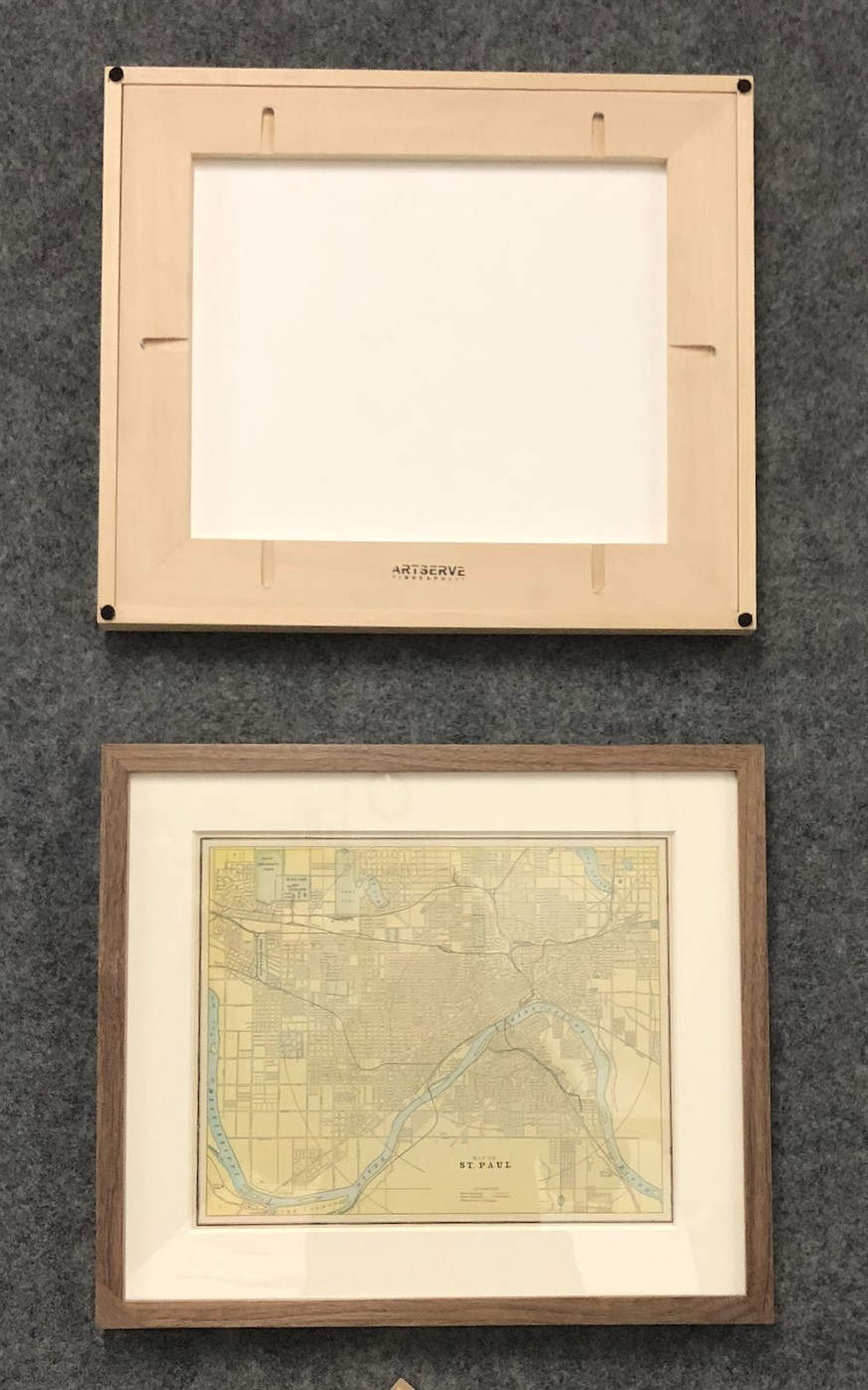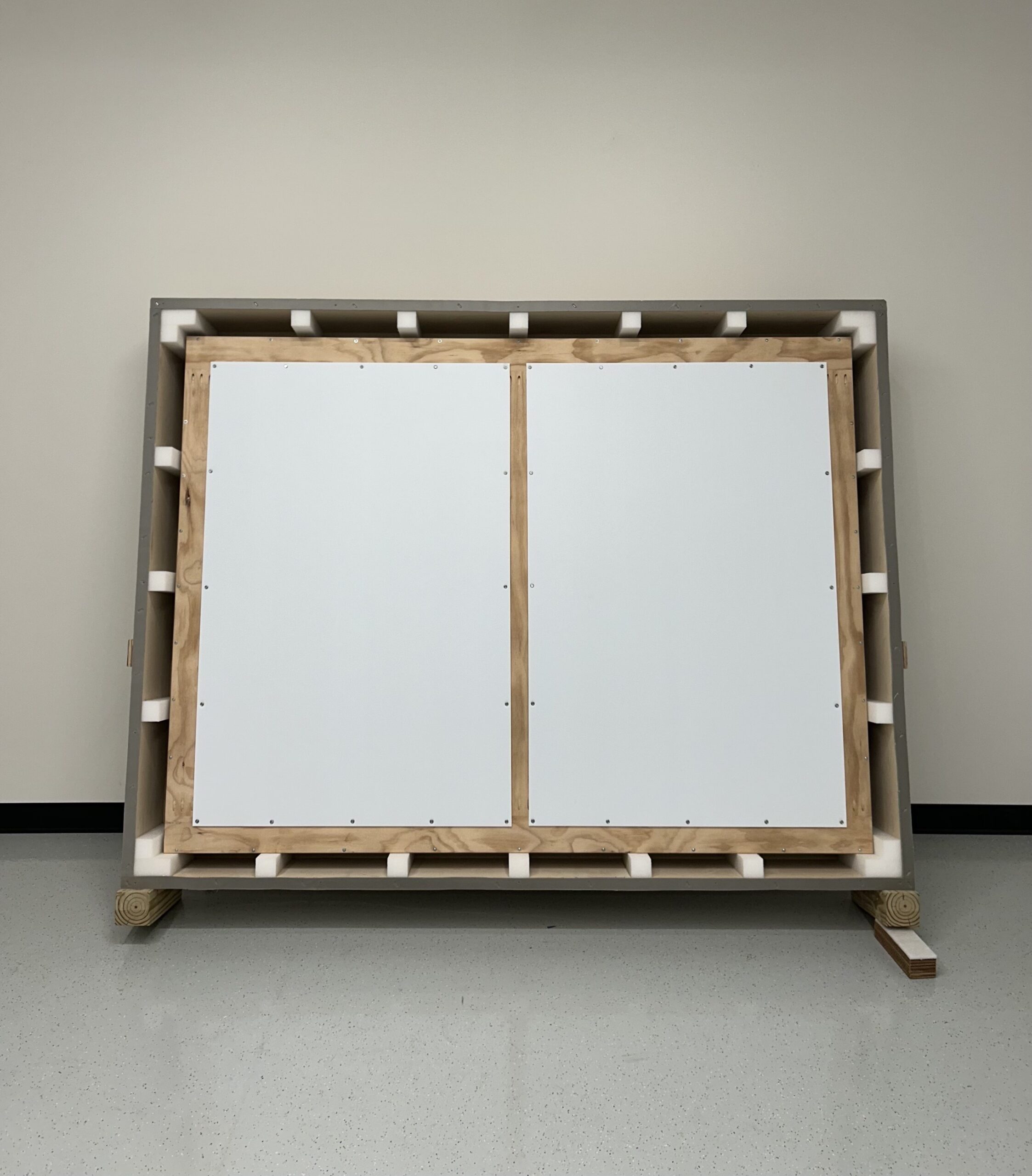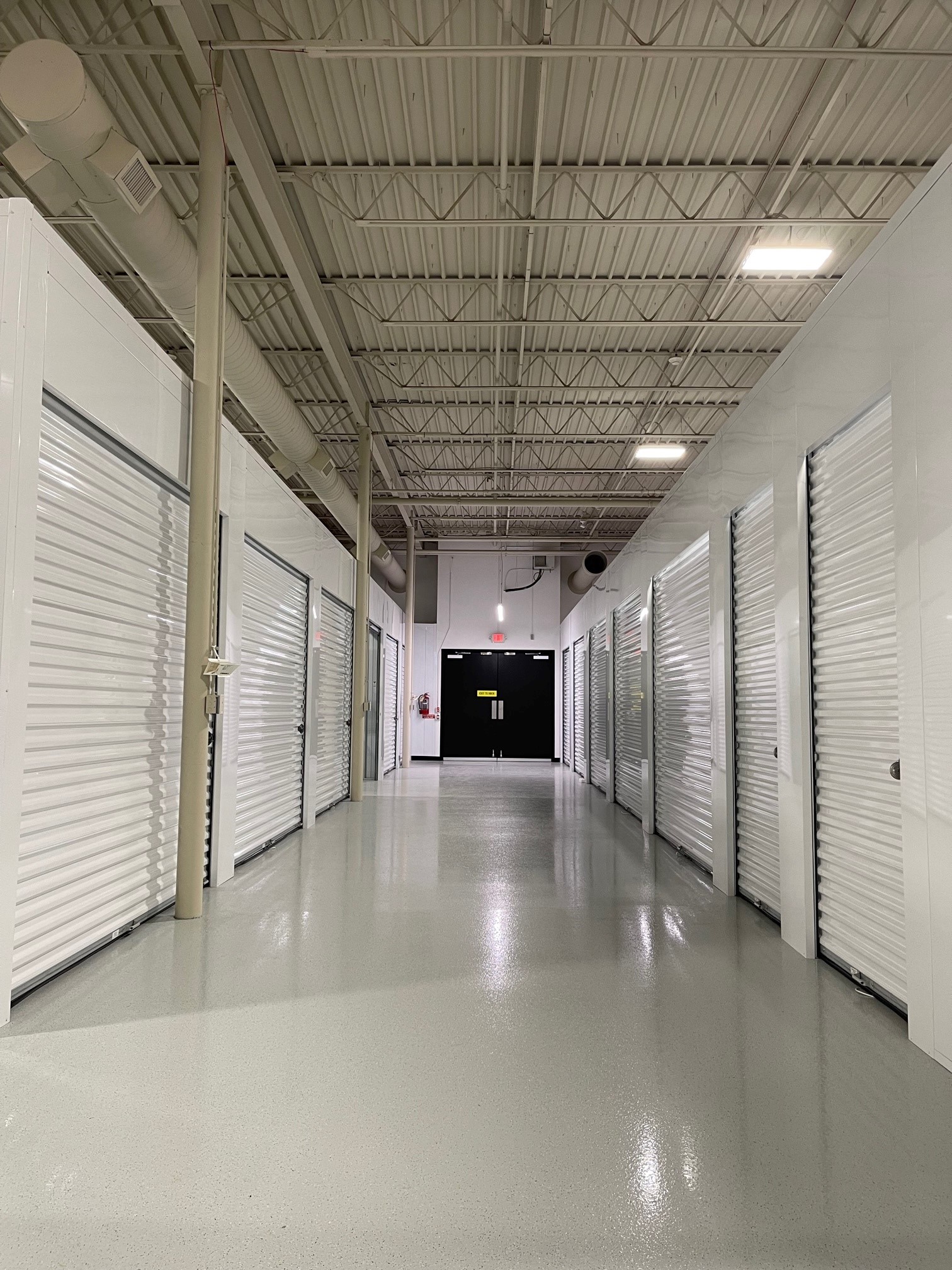Appraising Your Artwork Collection
What
Appraising your artwork(s) is when you have an official licensed appraiser estimate the value of your collection. They will ascertain their number by evaluating the condition, provenance, and market demand.
Why
The purpose of getting your artwork could be for several reasons, such as insurance, taxes, preparing for auction, or planning an estate.
Appraisers play a pivotal role within the art world. They locate the significance of piece in art history and place value based on informed context. Not only do they answer the question “What is this worth?”, but they create a tangible story and acknowledgement for any given artwork. Their findings can result in restoration efforts, documentation of the cultural heritage behind a work, as well as give galleries and museums the information needed for them to be included in curatorial projects.
How
To find a licensed appraiser, there are local databases and lists of people to contact. Most have their personal specialties. So, it is a good idea to find an appraiser who fits within the style of work you are looking to get appraised.
Once you find an appraiser, they will examine the artwork to assess its authenticity, condition, provenance, attributes, and historical context.
Next, when appraising your art, they will review the provenance to determine previous documentation of its history and ownership. The more provenance, the easier it is to research its history and value. Provenance can look like a receipt, previous appraisals, or any exhibition records to add to its story.
Then, they will look at the market to analyze its trends as well as how similar works are faring. Past sales will inform where your work will fit into the market.
Finally, once the appraiser has completed their work, you will receive a report detailing the artwork’s description and history, the appraisal method, the qualifications of the appraiser, and estimated value of the artwork(s).
So What?
When looking to store art or have it transported, people often look to determine its value to best prepare for the costs and necessary services for any given piece. The more prepared you can be when handling a high-value artwork, the better. We offer insurance coverage here at A2//Artserve and getting an appraisal is often a requirement for most insurance plans. If you have more questions regarding our offerings or if you would like a recommendation for an appraiser, feel free to contact us!
5 MOST COMMON DAMAGE TO IMPROPERLY STORED ART
Here are 5 of the most common types of damage to art. Once you recognize the tell-tale signs, you can better store it and get your artwork the TLC it needs.

FOXING
Foxing describes brown speckling found typically on paper art. This happens when impurities in your paper begin to mold due to improper storage in a damp and warm environment. The impurities will begin to break down over time creating these stains we call Foxing.

WARPING
Warping or bowing of your artwork is when it appears misshapen, twisted, rippled, or distorted. This occurs most to 2D artwork on canvases and work in thin frames. Warping happens when moisture is unevenly absorbed throughout the artwork and frame. When kept in either too damp or too dry environments, the materials will warp to compensate for the lack of a steady climate.
HINGE SLIPAGE
When a 2D piece is framed and matted using hinges, it must stay upright. Hinges are a way of adhering artwork to a matt using folded adhesive papers. When a hinge breaks or artwork slips its hinge, often the work will fall inside of the frame and has potentially damaged the paper of the artwork. We want the hinge to be weaker than the paper used in the art so that it fails first and the artwork remains intact.
STAINING

Stains can appear on artwork when there has been water damage or too much sunlight over time. Areas can yellow and become more apparent.

CRACKING
Micro cracks appear on paintings over time when the temperature and humidity fluctuate often. The expansion and contraction of the product on canvas creates fissures and cracks throughout the surface. Overtime these cracks will grow, the structural integrity of the surface weakens, and the paint surface will begin to flake off.
If you notice any of these signs of damage, bring your artwork into our shop and we can help you out! Our team at Artserve works with a wide variety of local conservationists to address these common issues. Our connections and in-shop tools allow us to help with any situation you and your artwork may be facing.
Components of a Custom Frame
I interviewed Ann and David, our custom framing team at Artserve. They spoke to me about our custom frames and what makes up the fantastic products artists, collectors, and institutions love.
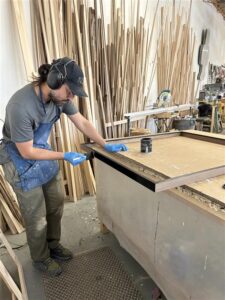
Construction
Fabricating a custom frame takes a lot of precision. Once a customer comes in for an appointment a work order is created which lays out the size of the piece, the type of frame, and its dimensions. The work order is sent to the fabricators where they get started on construction.
Glass/ Glazing
There are many options when it comes to including glazing in a custom framed piece. Depending on the piece, one may even decide not to include glazing whatsoever. The framers will work with you during your first appointment to assess your needs and what material is best for you. The most common options for glazing are, Acrylic, CC Glass, and Museum Glass.
Glazing slots/slides in behind the lip of the frame. This can always be customized to your needs.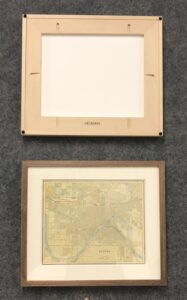
Spacer
The spacer is a small, yet important part of any frame. The spacer determines how far away your art is from the glazing. If you do not want your art to touch the glass, a spacer is placed under the glass and hidden under the lip of the frame. This will also serve as added support to the matted artwork.
Matting
The matboard is crucial for supporting your artwork. It is a thicker compressed paper that pieces can be adhered to. There are many different decisions that can be made to a matboard to customize the look you are going for your art. Decisions like, What color, the thickness, weather it is window cut or floated.
Oftentimes you will see a window cut out of the matboard to show your artwork though. This can help hide an imperfect edge, help support a warped piece, or a way to create more white space. You will also see floated artwork. This means it is adhered to the matboard without anything in front of it. This can help accentuate a beautiful edge of the paper or allow a textured artwork to breathe.
There are different attachment techniques based on how the piece is matted. Various materials and qualities are used in tapes to ensure safe adhesion to the matting. It is important that if the frame sustains any damage, and the artwork slips from its mat, the taped hinges take the damage, so the artwork stays safe.
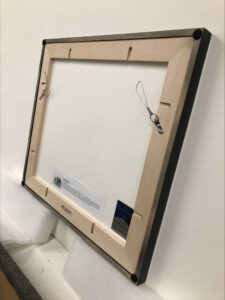
Foam Core
Foam core serves as the last defense of the artwork to the outside world. It is the final filler. This provides support as well as protection. Due to its thickness, if something pokes the foam core it is less likely to poke the artwork in front of it. Also, because it is thick, it can help fill the depth of the frame with material.
Strainer
Strainers add support to the frame. They are located at the very back of the frame, sandwiching everything together. The support that they provide keeps the whole frame structure from warping. Any hanging hardware can be attached to the strainer for easy installation.
Our custom framers are always looking to bring your projects to life. Reach out and schedule an appointment. David and Ann can’t wait to see what you have in store!
All About Fine Art Crates
Deciding how to pack your art for transportation can be crucial to ensuring the safety of your artwork. Here is a deep dive into crates and why you should consider utilizing them.
CRATES VS BOXES
When packing your own art, using classic shipping boxes can be a very attractive choice. In certain circumstances, especially when a fine art shuttle is involved, boxes or soft packing can be a good option. They are affordable, light, and easy to move. But they do not provide proper safety and structure for most high value items, especially when using a traditional shipping company. If you are planning to ship a piece, we recommend building a custom crate for the work.
TYPES OF CRATES
There are several crate options available on the market. Here is a breakdown of the most common ones you will find.
Travel Frames
Travel Frames, commonly referred to as T Frames, are like a skeleton of a crate; they are not fully enclosed. They provide a simple structure for temporary moving. T Frames are nice when moving large pieces a short distance. You can drill handles into the side without damaging the piece. They are more affordable depending on the size. However, T Frames have a simple structure so, they do not make a good long term solution.
One Way Crates

One way crates are the most simple and economical form of enclosed crates. They are usually made with plywood sides/lids. One way crates will have foam protection for your artwork on the inside, and handles for easy movement. While they are typically meant for a single-trip, one-way crates can sometimes get multiple uses and are good for storing.
Standard Crates
Standard Crates, or Two-Way Crates, are a great option for art and objects that are especially fragile that require a crate for repeated use, travel, long term storage, and/or safety. Standard crates have an especially sturdy construction. They are composed of thicker, framed plywood sides that are reinforced with battens, and have integrated handles as well as skids. Inside, you will find foam supports to perfectly fit your piece and a foam gasket under the lid.
Museum/International Crates
Museum crates are the highest quality and durability you can get in a crate. They will last a very long time and are meant to protect high value works during frequent trips. These can often be found at a traveling show. Museum crates typically have all of the features found in a standard crates, but will often be bolted and plated closed, have an outer sealant for water protection, and glued and screwed joints. Their durable method for building withstands repeated use while keeping the crate looking pristine over time.
FEATURES
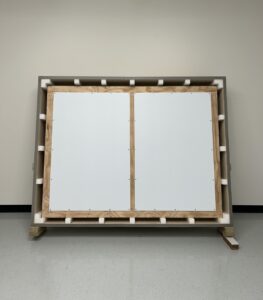
There are certain features that you can add to your crate to make it more custom to your needs. Foam used for support inside the crate will help with support as well as shock absorption. Ethafoam is often used for its archival purposes. It will float the artwork away from any surfaces that could damage the work or its glazing. Pieces will also be wrapped in Poly inside the crate to ensure it remains completely free of moisture or particles.
You can specify the type of handle you would like, whether it’s integrated or an added metal part. Oz clips can be added to support your piece inside the crate.
Each crate has a stencil design on the outside showing shippers that it’s fragile, to keep it dry, and which side to keep up. A label will also be added to ensure that if anything goes wrong, information about what’s inside the crate is clear and that it gets to where it needs to go.
ARTSERVE’S CRATES
Each of our crates are custom built to optimize the safety of your items based on their needs. We will work directly with you to make your piece as safe as possible. We will “dry fit” your piece into the crate before shipping to ensure the fit is perfect. Our crates are made in-house by our very experienced fabricators. Their expertise in the art field, as well as being artists themselves, ensures that your artwork is packed the best that it can be. If you are interested in a fine art crate, contact us and we’ll give you an estimate to match your needs!
Dealing With High Value Items During Moving & Renovations
If you are moving to a new apartment, home, or your place of living is going through renovations, odds are your high value items, like fine art, will need to be protected and moved too. These items can be tricky to deal with due to value or fragility. Consider the following for your next steps:
COMPILE A LIST
This may sound straight forward, but if you have a lot of items, the more information you have on them the better! Here are some points to include in your list:
Estimated Dimensions, Artist, Title, Date
Information specific to each item is the most important. Some pieces don’t have their information written/attached to them; compiling all the information you have on a list will guarantee it doesn’t get lost. Your piece’s provenance will identify what is what. Providing specific information like dimensions will allow professionals to have a better idea of what they are dealing with. Having this list is also a great reference for you when trying to remember what you have and what was moved.
Value
How much is your piece worth? How much sentimental value does your piece have? This information is good to know to determine how much care you wish to be given to your items.
On Site Location
Where is your piece located in your home? When you have many pieces, often the location can get mixed up. It is helpful to know just where each piece is, especially if it is being professionally handled.
Insurance
Do your items have insurance? If your artworks are leaving their resting place during moving, damage is a lot more likely to occur. It is important to note if your pieces have insurance just in case.
HIRE PROFESSIONAL HELP
Professional art handling companies, like A2//Artserve, are expertly trained to deal with your artwork & high value items. Their expertise can be invaluable when safely packing and transporting your work. Oftentimes, professionals will schedule a site visit before anything happens. They will begin compiling a list of their own using the information from your original list. Then, they will begin taking images of your work and making sure all pieces are accounted for in reference to the list.

Come moving day, they will wrap your items with foam and poly to protect them from the elements and transport them to a safe place for temporary storage. They will know how best to organize your work. When it comes time to move back in, they can also put it back exactly where it came from based on their initial reference images.
ART STORAGE
When big life events are happening like moving or renovating, you will want a safe place to put your high value art & items while you wait to move back in. Art handlers, like Artserve, can move your work to an Art Storage facility, like A2 Art Storage, for a safe and temporary “home away from home”. After your work comes in for temporary storage, your work can be inventoried so that everything is accounted for. Here is another blog post where we dive into inventory and its importance when storing artwork.
A2 is proud to announce our official partnership with Artserve!
So, you may have noticed some changes around here… In June 2023, A2 Art Storage & Services acquired Artserve, and we are proud to announce our partnership! Artserve has been leading the fine art handling business in our Twin Cities community since 1994. Artserve continues to provide a full range of museum-quality services including installation, crating, transportation, framing, and design. We are overjoyed to be able to now provide a full range of services accounting for all of one’s art needs!
It’s business as usual in both of our locations, just with added accessibility to both A2 and Artserve’s services for our customers’ convenience!
As the Twin Cities’ art community continues to grow, we will grow right along with it.
With Love,
A2 // Artserve

What makes an object need full climate control storage?
Climate Controlled Storage
Storage facilities that are climate controlled, like A2 Art Storage, control the Relative Humidity and temperatures throughout their facilities. In any region where the elements naturally fluctuate, one’s personal valuables that require special care could be negatively affected. It is important to consider the needs of your object when finding suitable storage solutions near you.

Relative Humidity
Relative Humidity (RH) in any space can fluctuate rapidly based on the natural elements. This can cause stress on objects. If an RH is too low, it can be too dry for objects and embrittle certain materials. Too high of an RH can create mold growth and corrosion of metals due to thick moisture. Maintaining the perfect amount of moisture in the air is vital to the survival of precious items, i.e. fine art.
Temperature
Temperature fluctuations are most likely to affect the “natural aging” of objects. Cooler temperatures tend to help preserve materials. However, too cold and materials like wax or plastic can freeze and break. Too hot, and those same materials can melt. High temperatures will speed up natural chemical deterioration and in conjunction with RH, can begin natural degradation.
Objects that would benefit from climate controlled storage
When considering climate controlled facilities, like A2, here are some examples of objects that typically benefit from such care.
-
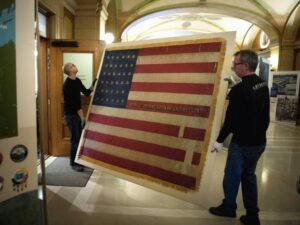
Artserve moving fragile American Flag piece. Photo by Glenn Stubbe, 2012 Art: Artwork can contract or expand with changes in humidity and temperature.
- Electronics: If maintained in an unsuitable environment for a long time, electronic devices, i.e. circuiting components, will mold or oxidize.
- Fabrics or papers: Delicate fabrics or papers can mold in humid environments, while excessive temperatures can cause paper to discolor.
- Vinyl: The risk of warping increases with varying temperatures, whereas the chance of breaking increases with decreasing temperature.
- Antique wood or metal items: All metals will oxidize and change color in response to moisture. Wood will expand and contract in response to temperature, making it vulnerable to rot and mold.
Degradation and Signs You Should Consider Protecting Your Art
Art comes in all different shapes and sizes. With this comes a variety of practices for keeping your art safe and protected from the elements. If you don’t know what to look for as signs of degradation, the art could become compromised without even knowing. Here is some classic evidence of degradation and signs you should have a professional look into protection:

Paintings
Loss of gloss or color. Chalkiness or peeling. Oftentimes, UV light or a smoky environment can change your piece over time.
Sculpture
Glue discoloration, or paint degradation. Corrosion in metal, sometimes resulting in patina. Decomposition of materials due to climate, odors.
Fiber Arts
A fibers’ color can change due to the dye and age, but sometimes it also changes due to sun and climate. Texture of fibers changing. Crusty, crunchy, or breaking of fibers. Decomposition.
Paper Mediums
Acids and acidic materials (ex. Cardboard) can cause pieces to deteriorate. Discoloration, reddish brown spots. Mold or musty smell. Flaking, crumbling, or breaking of paper fibers.
When considering if your piece is safe from degradation or not, it may be worth considering its options. If you would like to find restoration, look into transportation services and art handlers, like our sister company, Artserve, to transport. Similar to the services we offer at A2, valuable art work requires professional handlers with expertise to handle with the upmost care. Here are some questions you should ask yourself:
Where will your valuable work end up after you’ve successfully restored or protected your work?
How will you ensure its safety after it has found its resting spot?
Storage is a very good option! Temporary storage or not, art storage facilities typically have climate/humidity control and other amenities that will ensure the longevity of life for whatever your piece needs.
If your piece returns home, and you are worried about the conditions your home provides for the piece, consider the aforementioned signs and contact your art handlers for further steps to be taken.
Dealing With High Value Items During Downsizing
If you’re downsizing, moving into assisted living or dealing with the death of a loved one, it can be difficult to know what to do with their art and other valuables (Or even if something is valuable!). It’s important to take the time to consider all your options before making any decisions. Here are some tips for what to do with art and other valuables during a downsizing or death.
Is There Already A List of Designations?
The first thing is to determine if the loved one has already made any determinations on where they would like the objects to go. If they are deceased, check with their attorney to see if their will includes itemizations. If they are downsizing, ask about designations. It’s good to check locations where important paperwork may be kept, like safes or files. For items that do not have designations, consider the following:
Get An Appraisal
Before knowing what to do with the objects, it’s helpful to know what they are worth. Many auction houses and appraisal groups can do an estimated range of value at no or little cost. This will help determine what the best next step is for the objects in question. An important tip to remember: Even if you don’t like it, it still may have value!

Keep
If you have sentimental attachments to certain pieces of art or other valuables, consider keeping them as part of your own collection. This is a great way to keep your loved one’s memory alive while also having something special that you can enjoy for years to come. Be sure to check with your attorney or tax advisor on applicable gift limits and implications.
Pass Down
If there are certain pieces that you think would be meaningful for another family member, consider passing them down as part of an inheritance or gift. This is a great way to ensure that these items stay in the family and are appreciated by future generations. If the loved one is moving into a living situation such as a nursing home or assisted living, an art storage facility can be a great landing spot for the high value objects while the family is determining who is going to inherit which pieces. Objects stored on site are inventoried and can only be accessed by/released to designated persons, as determined by the loved one or will.
Donate
Donating art and other valuables is a great way to honor the memory of your loved one while also helping out those in need. Consider donating items to local charities, museums, or even schools. Keep in mind that institutions like museums generally collect based on a predetermined wishlist. If the works do not fit in that list, they too may sell the works and use the proceeds to fund their collections or programming. In order to understand what items an organization is interested in accepting, reach out well in advance of the life event and form a relationship with the organization’s staff. They should be happy to talk with you about how best to support the organization with the donations.
Sell
There are many reasons to sell objects from a loved ones collection. Maybe the objects are not to the taste of the family members. Maybe the objects have dramatically increased in value and the funds can help offset the costs of assisted living or education expenses of family members. Selling items can be done in many ways, through auction houses, online through platforms such as eBay or Facebook Marketplace.
A facility like A2 Art Storage is a great landing place for the items when determining the best next step. Our team can help install items in one of two viewing rooms for sales agents or appraisers to view in-person (Then carefully return to storage until the time is right). We can also photograph and condition report items stored onsite or offsite to arm selling agents with detailed information about the piece(s) being offered. Our team can softpack or crate items for shipping to their new locations, keeping the owner informed along the way. Customers also receive free access to our referral list, which gives family members a place to start when it comes to working with providers to see their goals through.
No matter what you decide to do with art and other valuables during a downsizing or death, it’s important that you take the time to consider all your options before making any decisions. A2 Art Storage & Services is here to help! Contact Us anytime to discuss options for handling your loved one’s art or other high value goods.
Transporting Art in a Personal Vehicle Safely
While A2 offers transportation and installation services, customers are welcome to drop-off or pick-up their own works! With preparation and planning, artwork can successfully be transported in a personal vehicle. Here are some tips for making sure your art arrives at its destination safely:
Choose the Right Vehicle
Depending on the size and weight of the artwork, you may need to borrow or rent a larger vehicle such as a van or SUV. These vehicles provide more room for the artwork, as well as space for any other items you may need to transport with it.

Get a Plus One
Depending on the size and weight of the artwork, it may be helpful to have someone help load the piece into your vehicle. Remember, it’s better safe than sorry so err on the side of asking for help if you’re concerned for your safety or the safety of the art. If the artwork is coming to A2, we can help you unload it for storage. If traveling to another destination, make sure you have the help you need to safely unload the artwork.
Prepare for the Journey
Before you remove the item from its current location, make sure that your vehicle is prepared for the trip. Remove unnecessary items from the vehicle, prep the space with moving blankets or support blocks so it can easily slide in and out of the vehicle. Think about how you’re going to orient the piece – is it going to ride vertically or horizontally?
Pack the Vehicle Carefully
Make sure that the artwork is properly secured. This may mean foam blocks or rolled moving blankets (If transporting the work flat) or using straps or rope (If transporting vertically) so that it won’t move around during the trip.
Plan Your Route
Make sure to plan your route ahead of time, and avoid any roads that are particularly bumpy or might be under construction. Additionally, it’s important to drive slowly and carefully. Avoid any sudden stops, starts, or turns that could throw the artwork around and cause damage. Depending on the length of your trip, take care of minor errands (Such as eating or getting gas) prior to beginning your trip. You want to leave your vehicle unattended as little as possible!
Following these tips will help ensure your artwork arrives safely at its destination! Feeling unsure about packing and transporting your art or other items? Contact us to learn more about how A2 Art Storage & Services can help help with all your packing and transporting needs!

